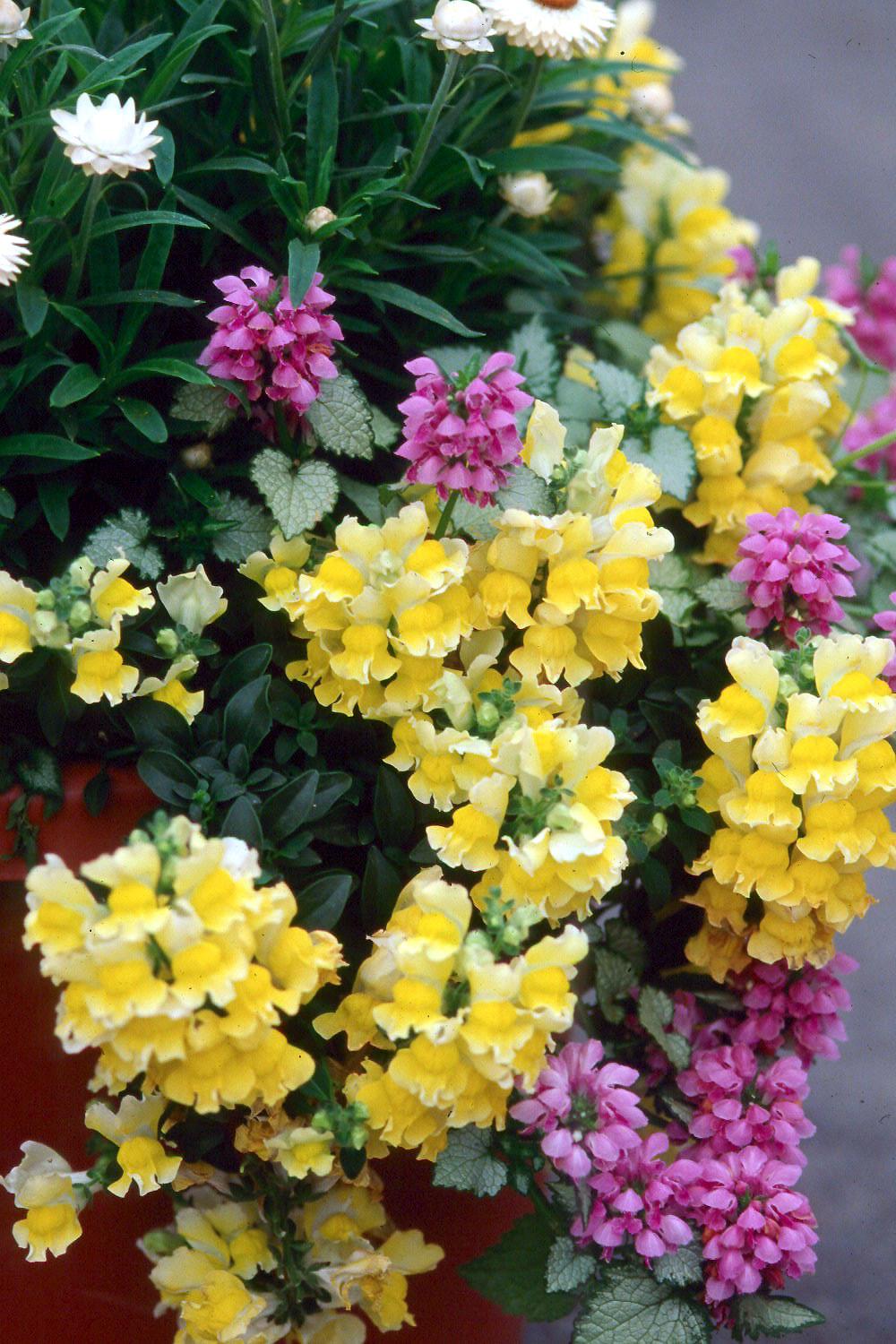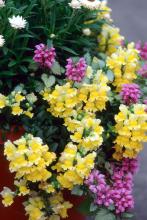Information Possibly Outdated
The information presented on this page was originally released on November 5, 2001. It may not be outdated, but please search our site for more current information. If you plan to quote or reference this information in a publication, please check with the Extension specialist or author before proceeding.
Plant cool season color among frozen perennials
By Norman Winter
MSU Horticulturist
Central Mississippi Research & Extension Center
I always dread the first frosty morning when I look out at yesterday's glorious bed of colorful lantanas and salvias and see instead a colorless, tumbleweed-like mess. It is especially frustrating if the mess is near the main entrance.
Whether it is salvias, lantanas, verbenas or some other perennials, these are good plants that will return next spring with a little help from the gardener. Once significant frost damage has occurred, cut the lantanas and verbenas back to about four to six inches above the ground. The salvias can be cut back almost to ground level.
Cover the plants with an added layer of mulch for winter protection and to make the bed more attractive. It doesn't really make much difference which mulch you choose. When I had 28 pine trees in the yard, I chose pine straw. This year I am giving cypress mulch a try.
The bed definitely looks better once the frozen perennials are cut back and mulch added. You still have time to plant some excellent cool season color to make the bed bright and colorful.
Now is a good time to plant larger 6-inch to 1-gallon sized annuals like kale, cabbage, pansies, violas and dianthus. These can be planted in areas where the lantana branches had covered. I like the larger-sized containers because they have a larger root system and the landscape impact is quicker.
Another good choice is the snapdragon that is one of the most beautiful cool-season flowers in the South. Snapdragons love those times when night temperatures are in the low 40s and day temperatures reach the low 70s, which is typical in much of the South in the fall.
Snapdragons are more cold-hardy than many realize. Once they are established in the bed and hardened off, they can easily take sub-freezing temperatures. We do want to make sure all of our fall planted annuals stay well watered during extra-cold spells. Snapdragons can even be completely covered with a layer of pine straw during a long duration of extremely cold weather.
Feed your snapdragons monthly with a light application of a slow-released, balanced fertilizer, and deadhead to prolong flowering. It's the bright colors that make snapdragons so fun to grow. Whether you choose red, yellow, pink, burgundy, bronze, orange, white or those that are two-toned, there is sure to be a color to suit you. For the most effective landscape display, mass plant beds in single colors.
Don't forget that as these fragrant spikes get larger, they are also good for cut flowers. Sonnet and Liberty varieties that get about 18 to 24 inches tall are great. Look also for two new series, Crown and Solstice, that are in the same height range.
The trailing varieties -- Chandelier, Lampion and Luminaire -- are perfect for tucking in among greenery in mixed planters. Miniature varieties like Montego, Tahiti, Bells and Floral showers are also great for growing in containers.
If you help your bed's appearance out by planting cool season annuals, you can still have months of great color.








